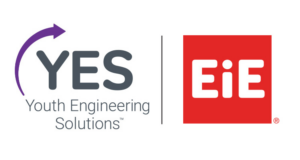Unit Overview
After learning about pollinators and their importance, students engineer hand pollinators that move pollen from one pumpkin flower to another.
- Recommended for Grade 2
- Setting: In school
- Science connection: Pollination, life cycles of plants
- 9 lessons
- 45 minutes per lesson
Standards alignment
We’ve developed each YES unit with careful attention to state and NGSS standards. YES units are also designed to integrate with the most popular elementary and middle school curricula. View Standards Alignment
